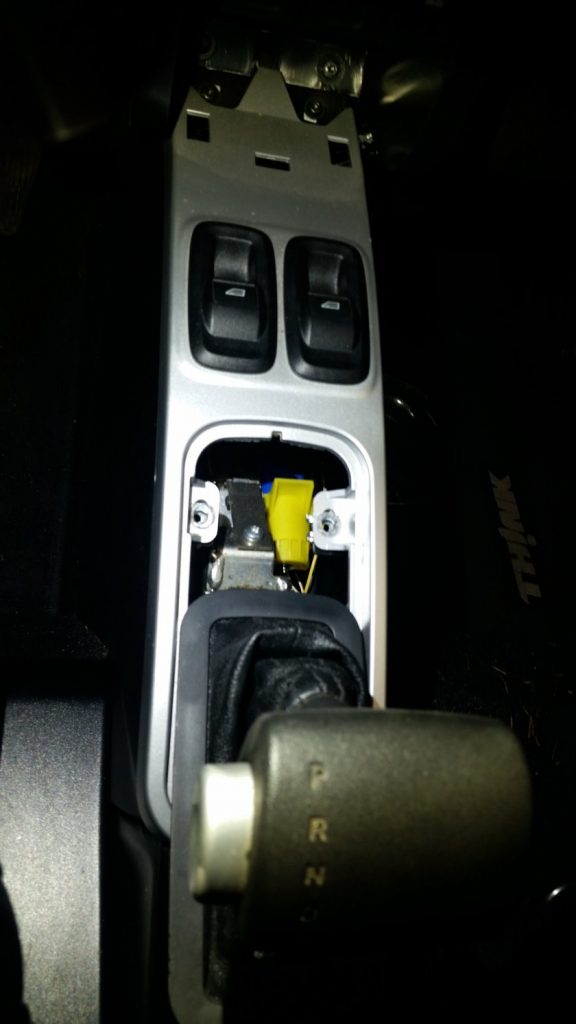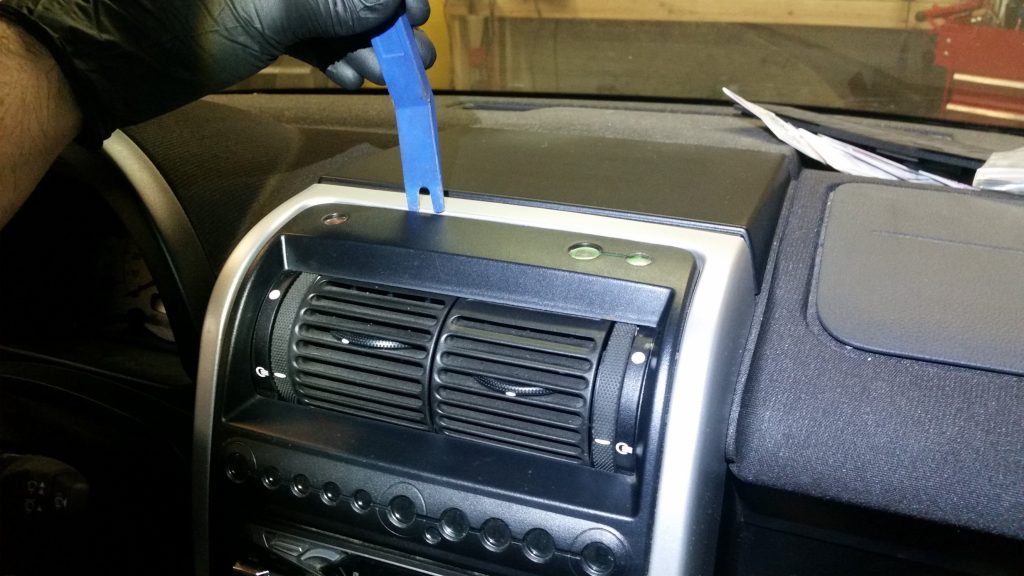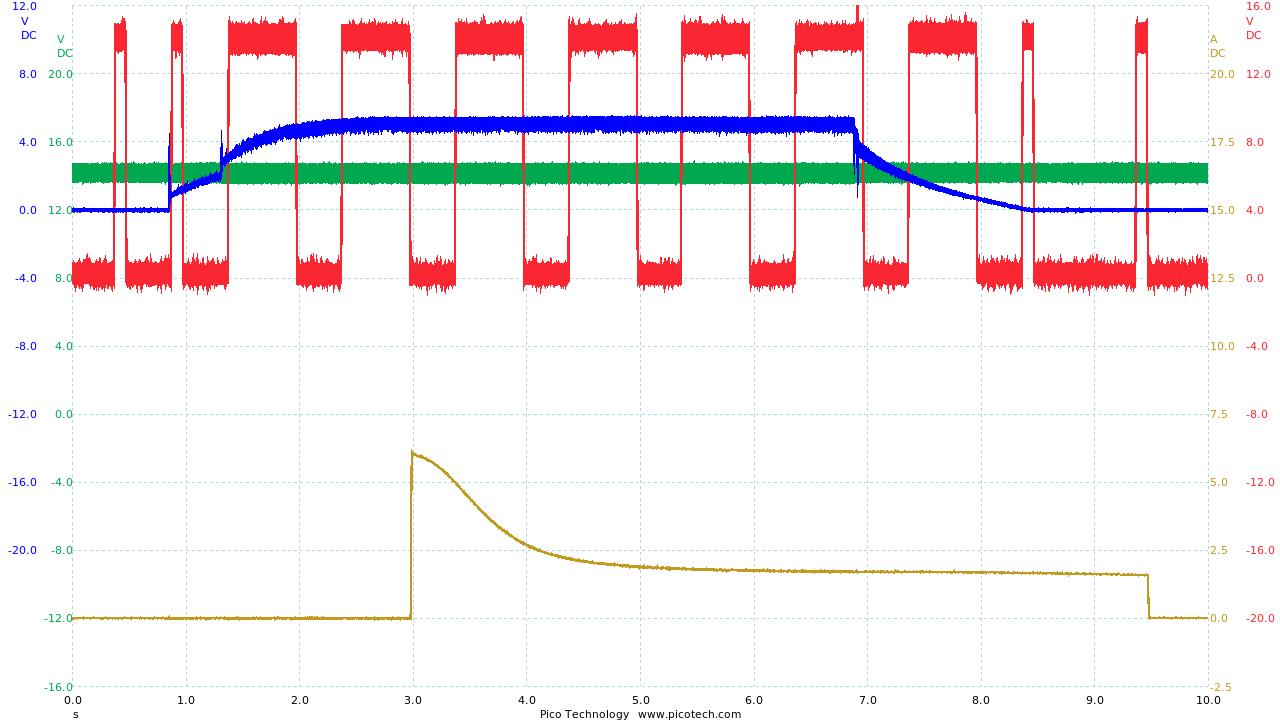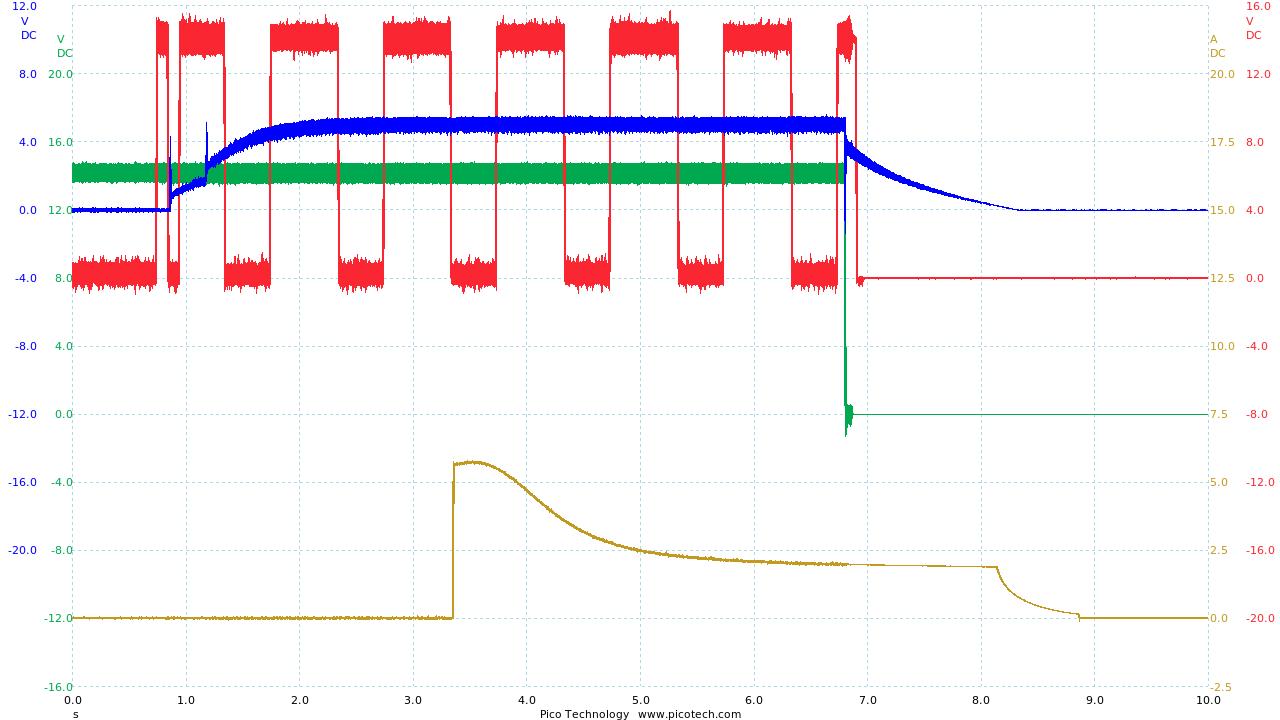There are a few reasons you might not be able to get your Think to shift out of Park like normal: The most common one is a completely dead 12V battery. Another is an intermittent brake light switch.
In both these cases you won’t be able to press the gear selector lever release thumb button. When the car is functioning normally, if the car is in Park the gear selector lever cannot be moved out of Park without pressing that button. And the button can’t be pressed without your foot on the brake. When you press the brake pedal, the brake light switch causes a few things to happen: The brake light turn on, and a solenoid (an electrically powered actuator) is energized to move a mechanism that un-blocks the button.
If all indications are that your 12V battery has plenty of juice, then your most likely issue is the intermittent brake light switch. You can do a little bit of diagnosis on your own here to verify that hypothesis: If it’s night or if you’re in a garage, you may be able to easily see whether your brake lights turn on when you step on the brake pedal. If it’s daytime you might either need an accomplice to press the brake pedal while you stand behind the car and watch or vice versa, or you can tape a bit of paper to hang down over the center-mount brake light so you’ll be able to see the light on the paper. If the brake light operation is consistent with the solenoid operation (i.e. if the brake lights don’t work at the same time the solenoid doesn’t work) then your problem is almost certainly the brake light switch. If the brake lights do work, but you still can’t get the gear selector lever out of Park, then you’ve got another problem that will take further diagnosis. If you decide that you need a new brake light switch you can order one from ThinkParts4U. The installation requires no tools; it’s just a simple friction fit into the bracket directly above the brake pedal.
So when you need to get your Think out of Park some part of that system is not working, you can manually override it by doing the solenoid’s job. Start by lifting up the boot around the gear selector lever. Gently pull up on the faux-leather on the back side of the lever, and simultaneously pry up on the back edge of the black plastic frame around the boot.
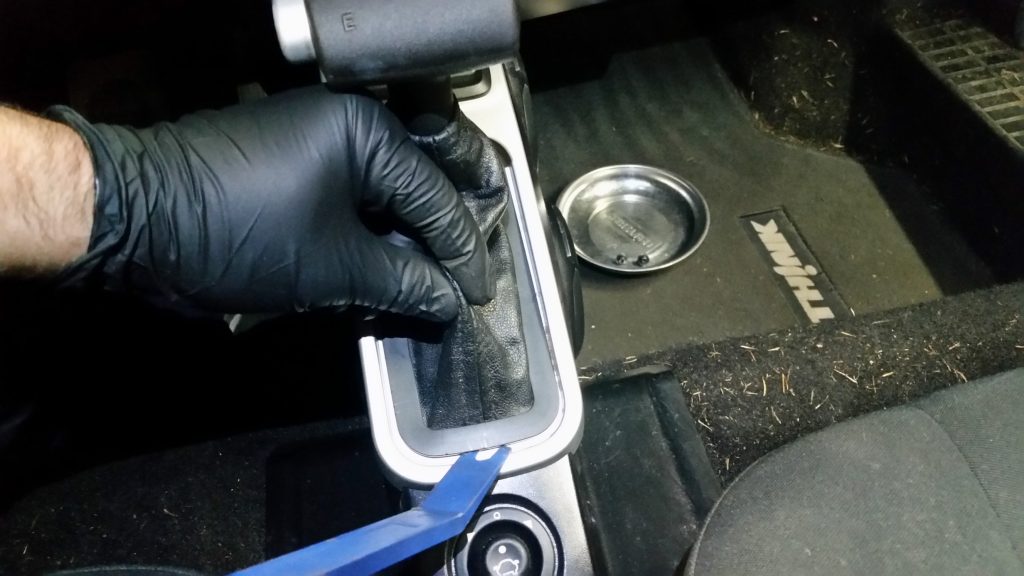
Now look for a bright yellow plastic piece just forward and to the right of the lever. It is very beneficial to have a flashlight (which luckily we probably all carry around with us all the time in our phones). When you press that yellow plastic piece forward, you are doing the job of the solenoid, and you’ll be able to press the release button on the gear selector lever. You might be able you get your hand down inside the center console area to press the lever, but you won’t have a line of sight if you try it that way. I recommend finding some sort of poking tool. A long screwdriver will work, as will a pen, or maybe even a straw from a fast-food beverage– it doesn’t take very much force at all.
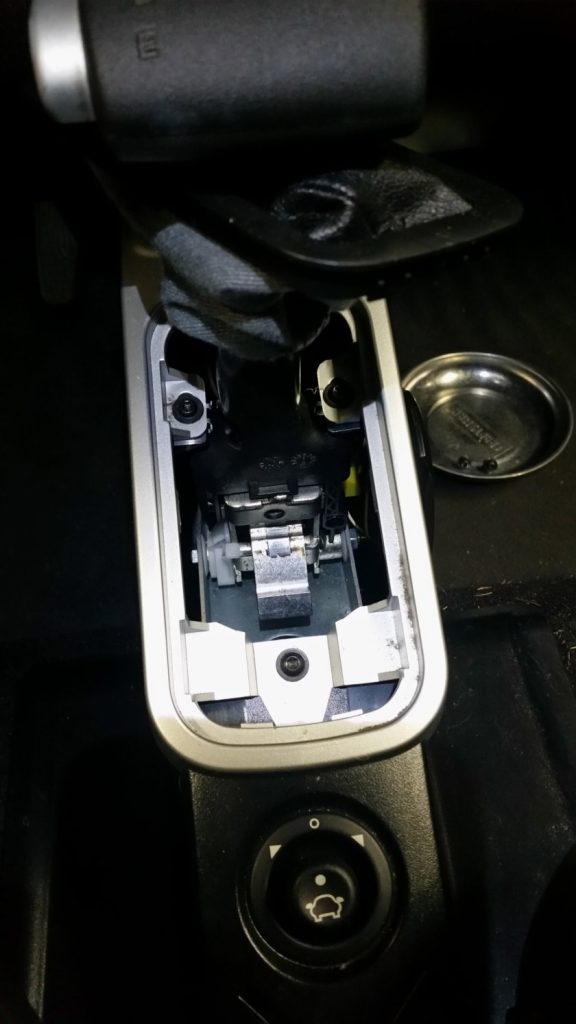
Here’s a photo that shows more clearly where the yellow plastic piece is. Of course, you won’t be able to see it this clearly until after you’ve gotten the lever out of Park.
